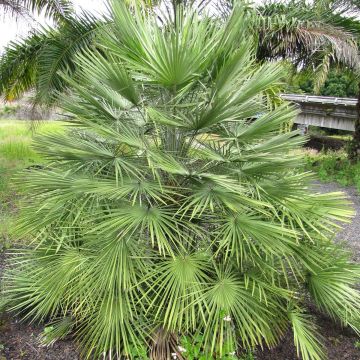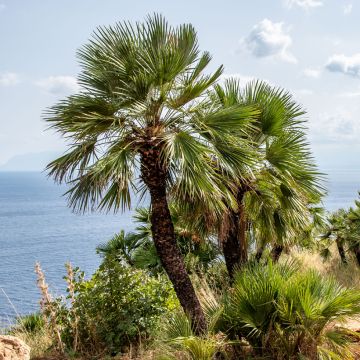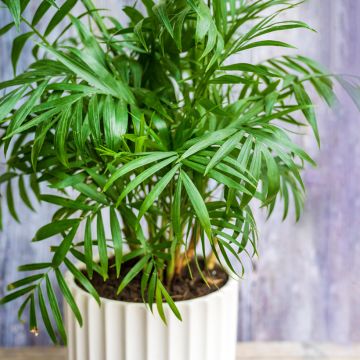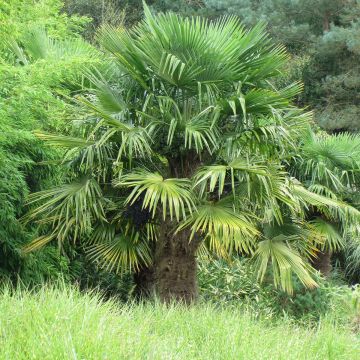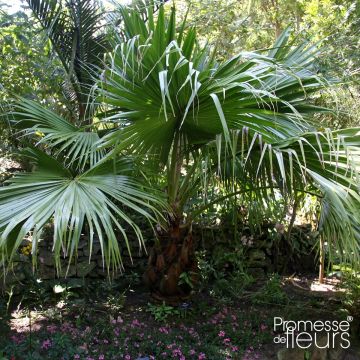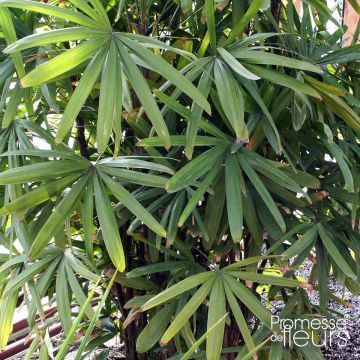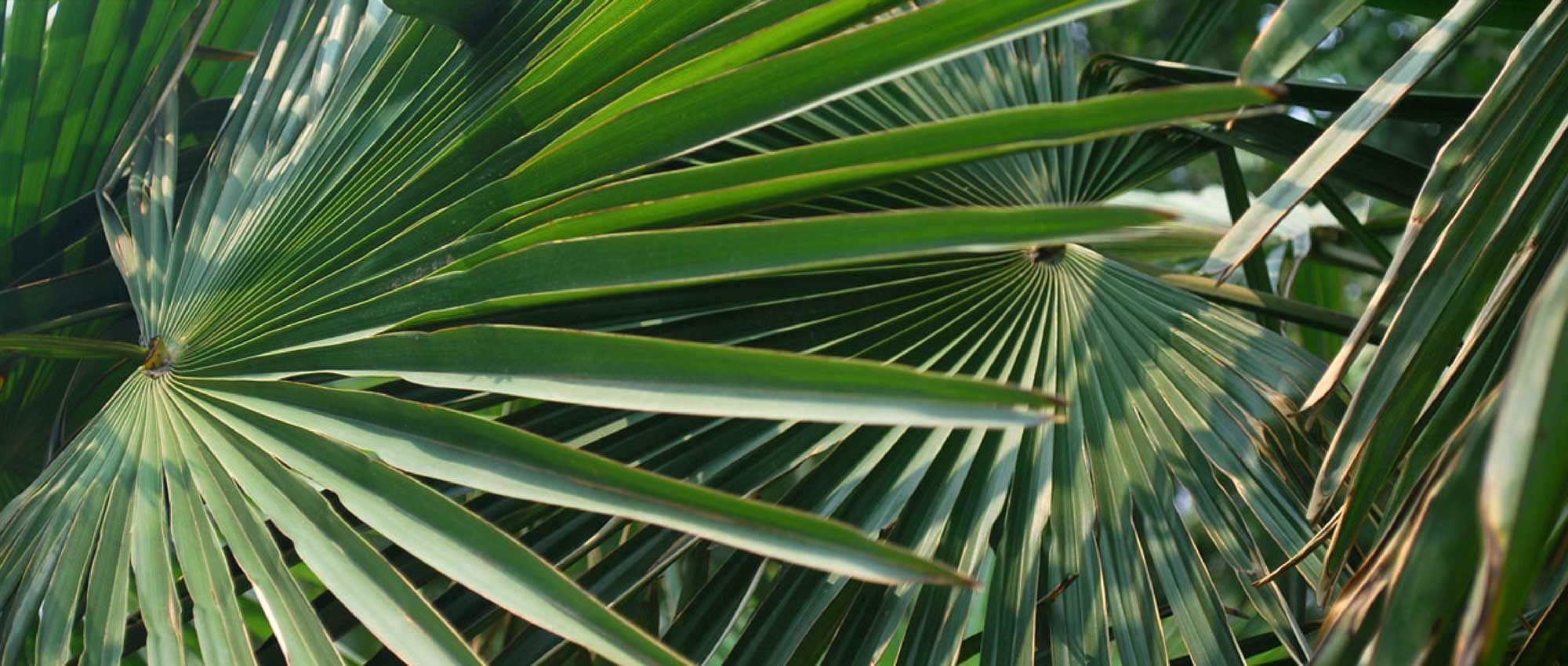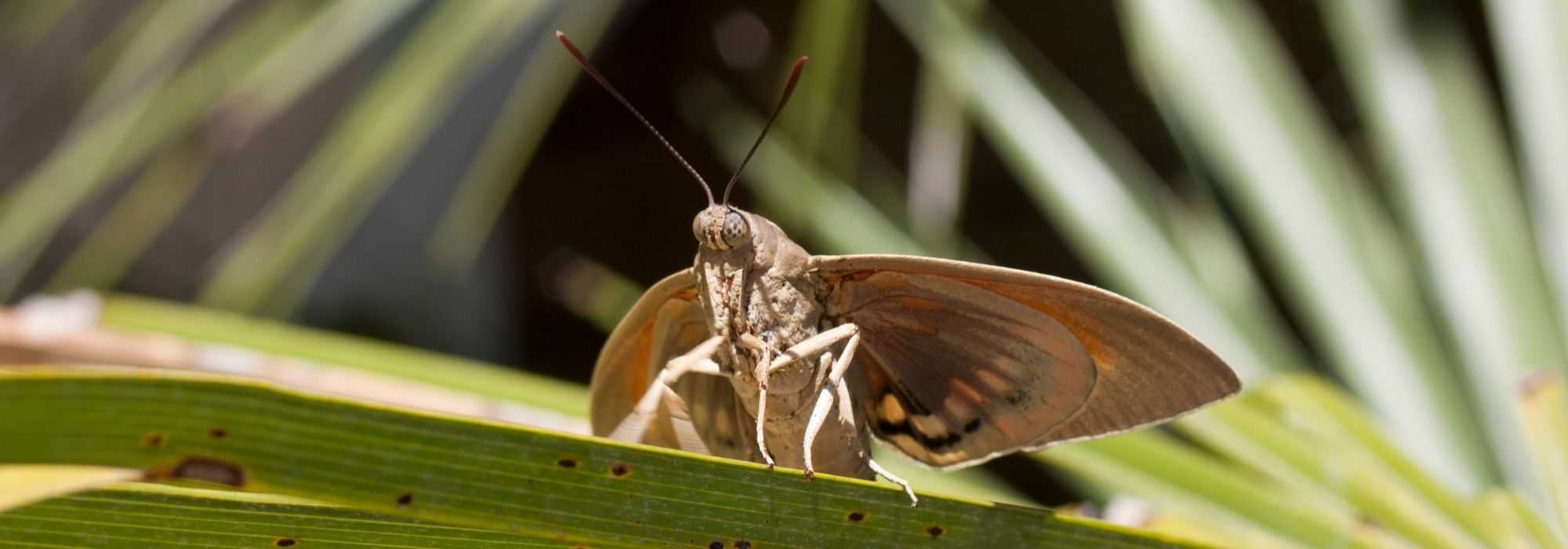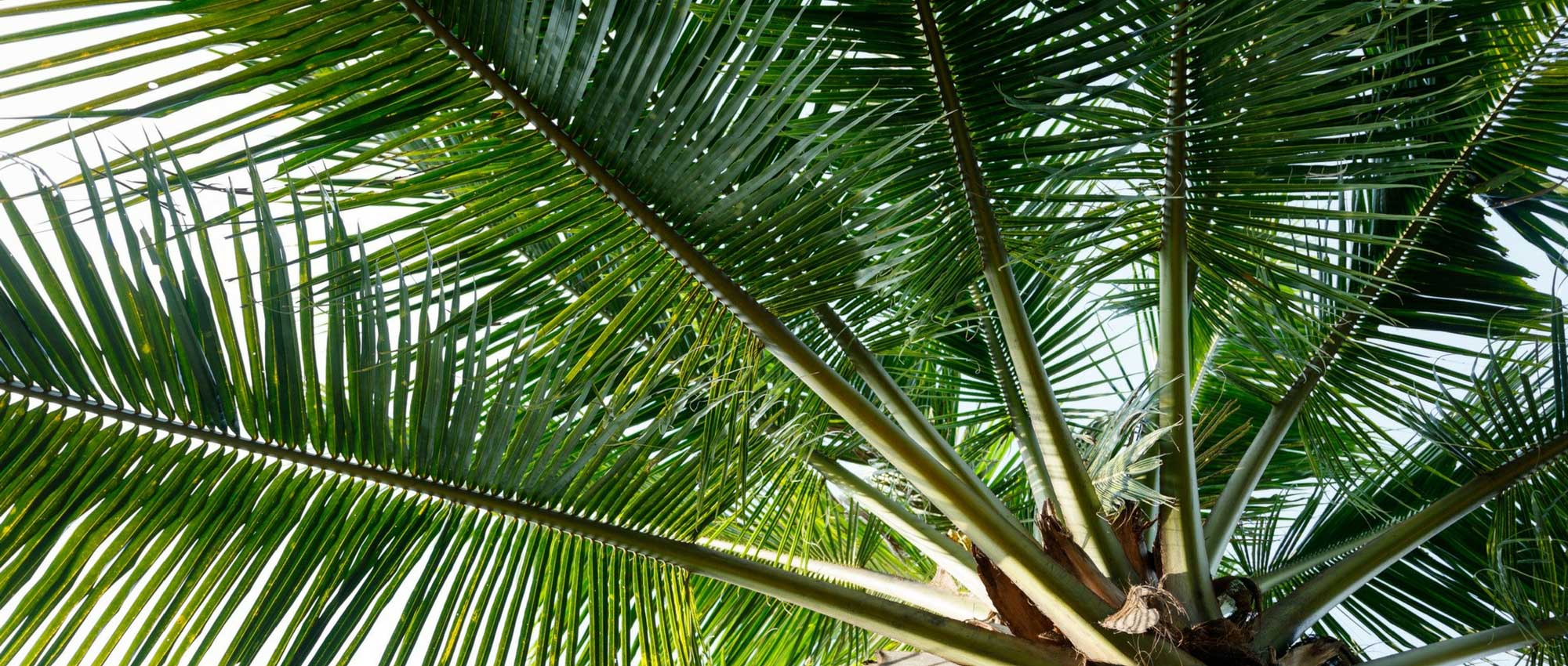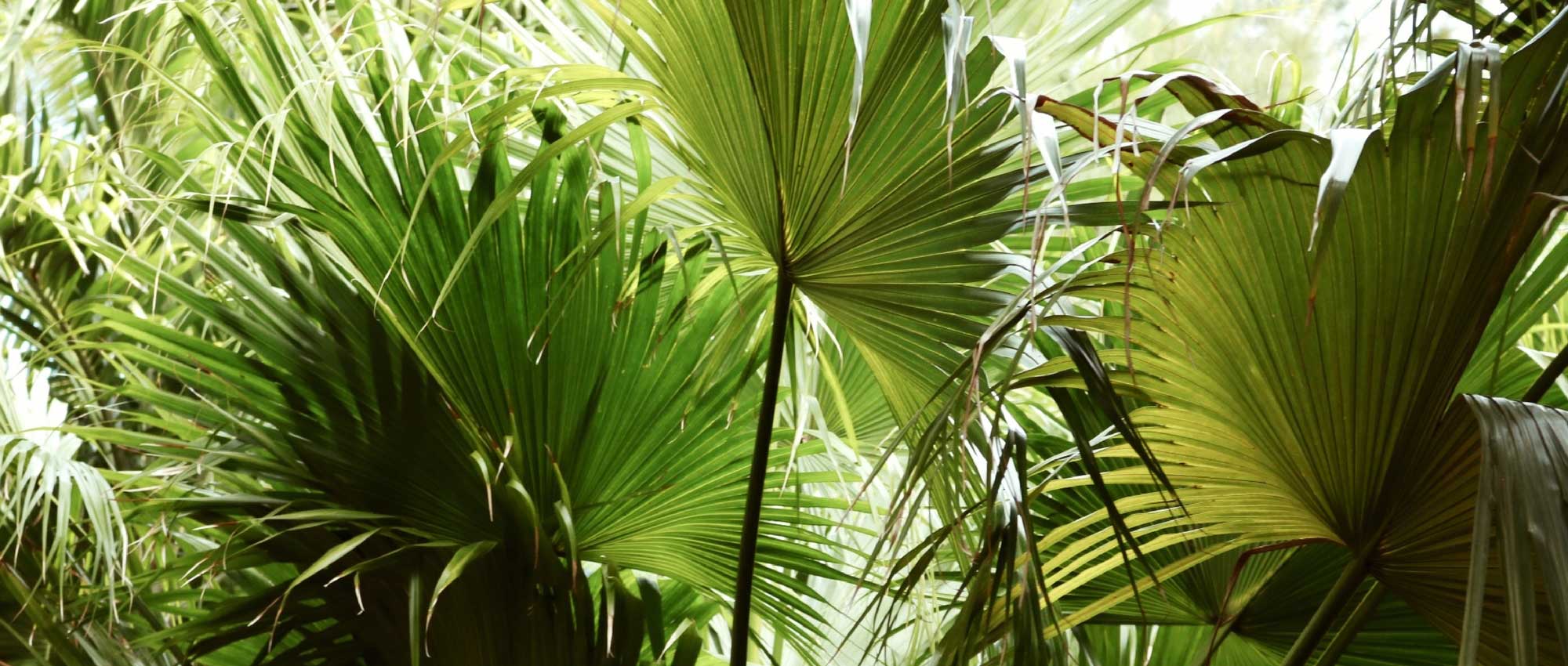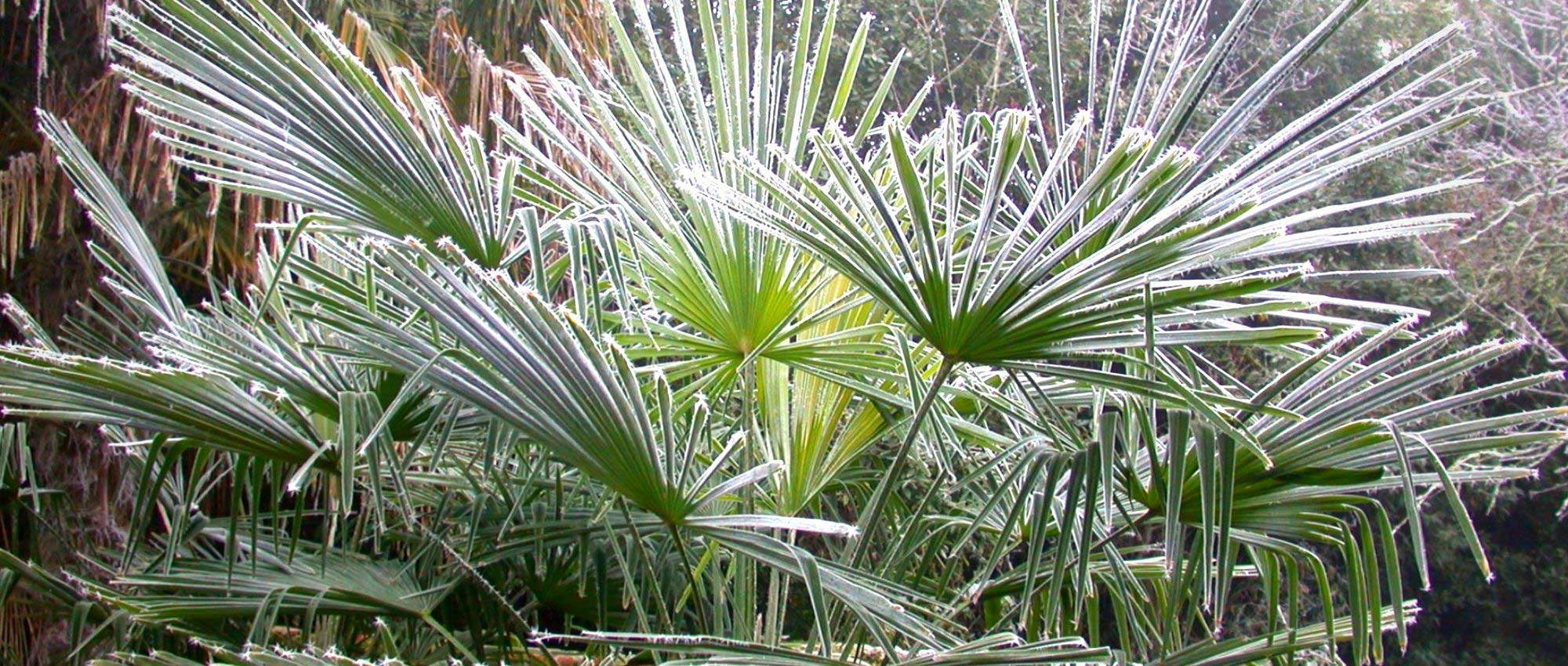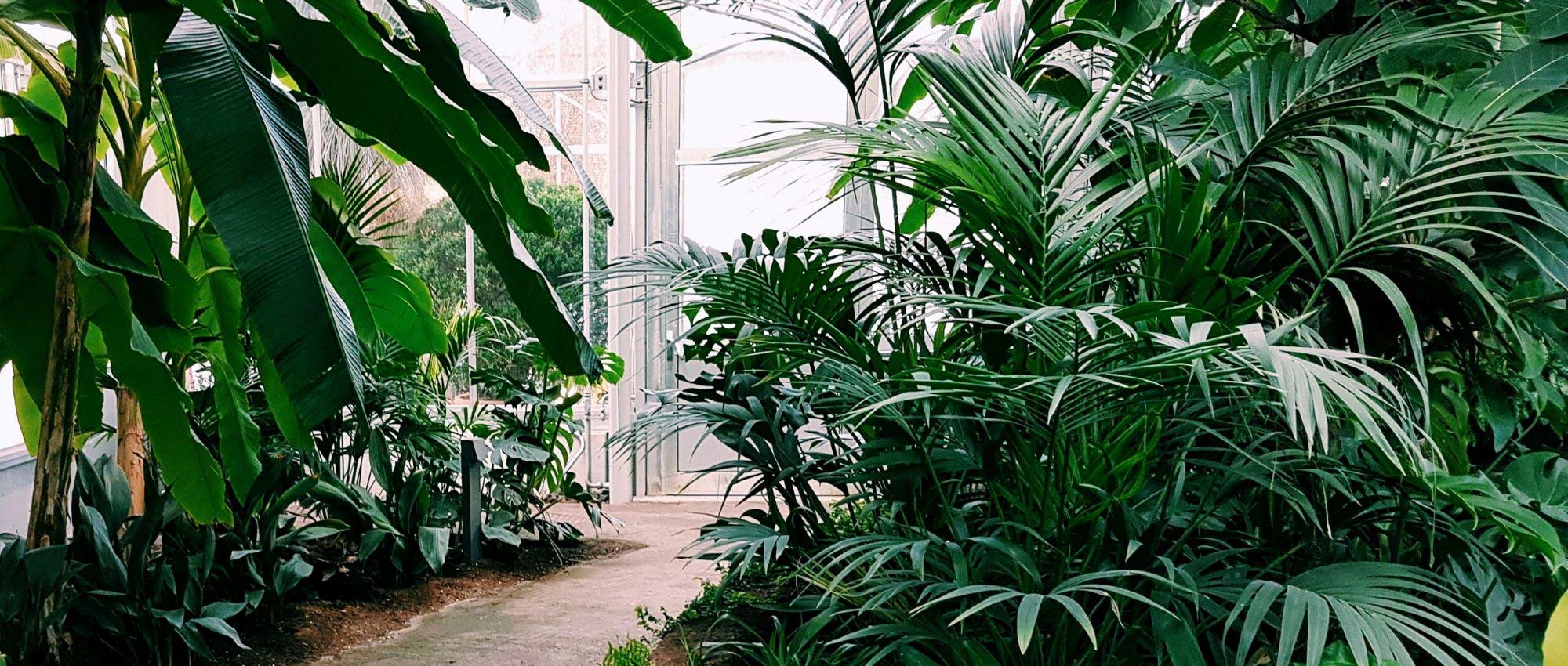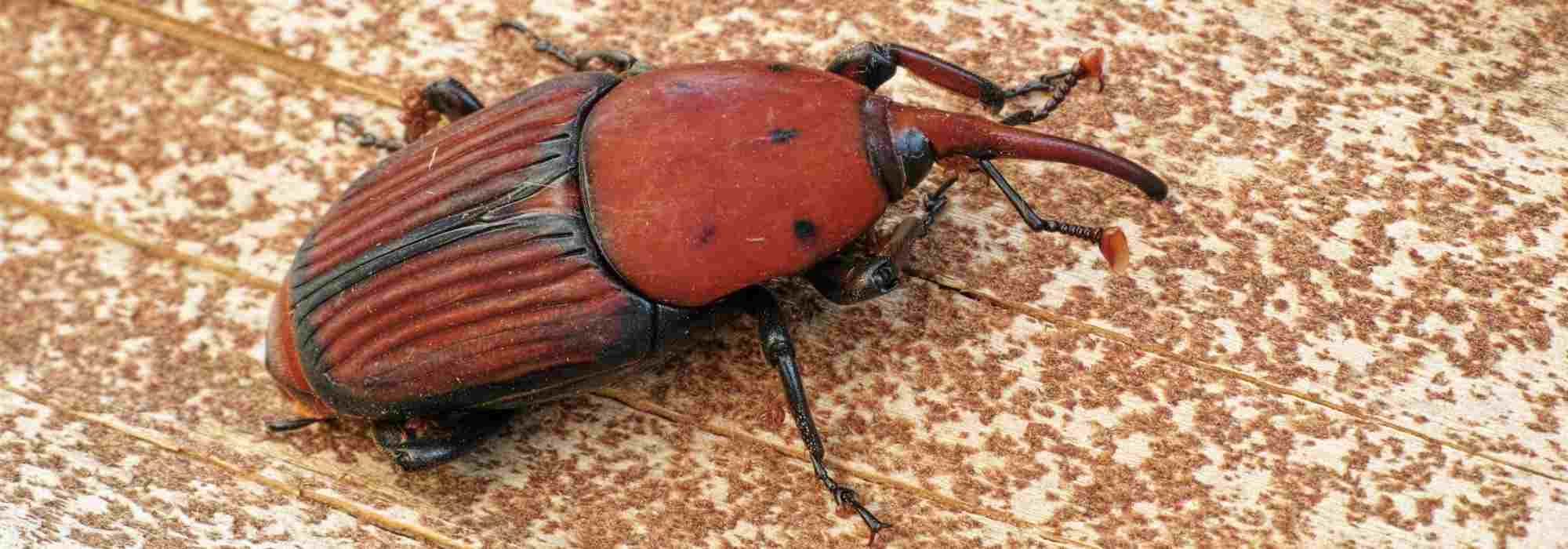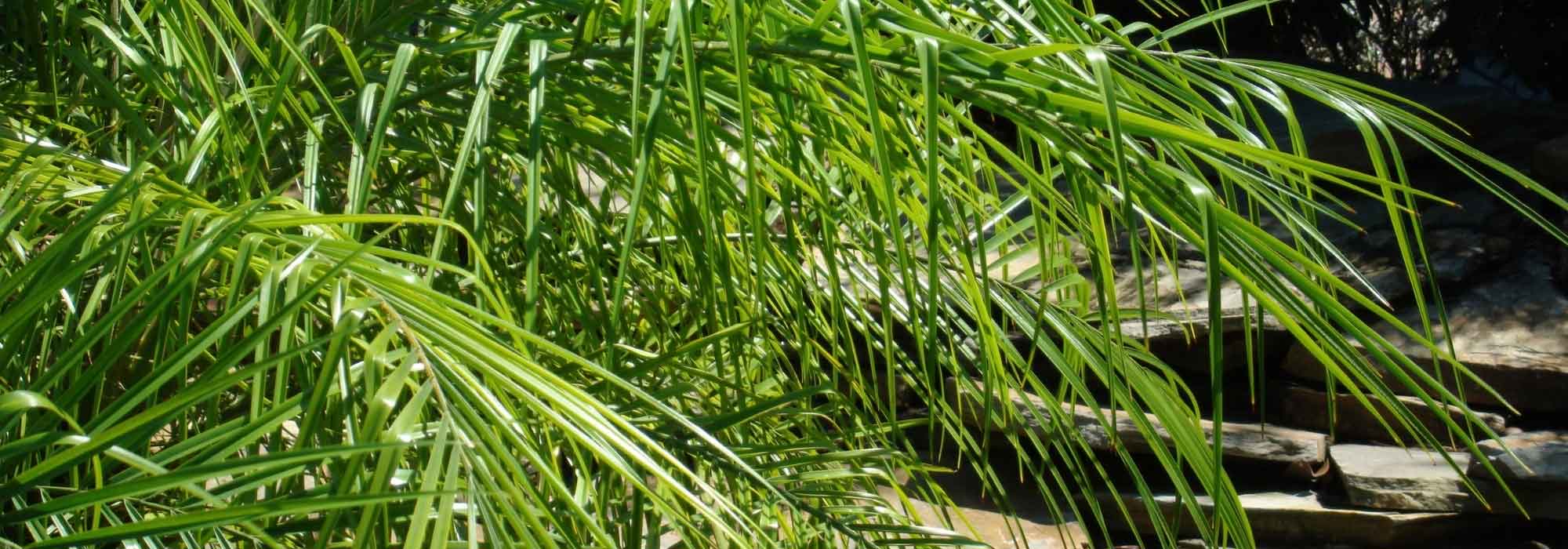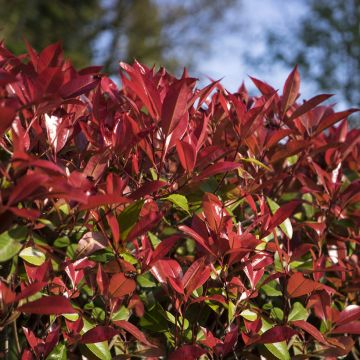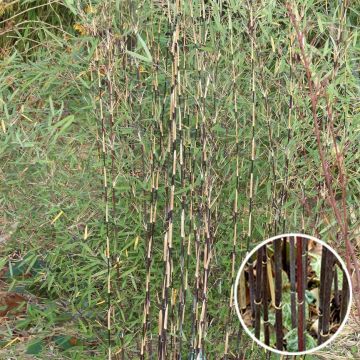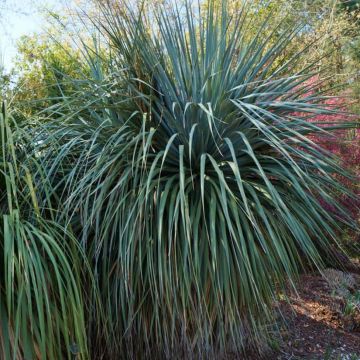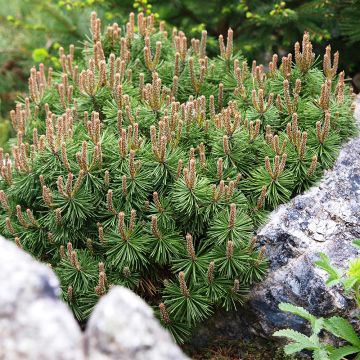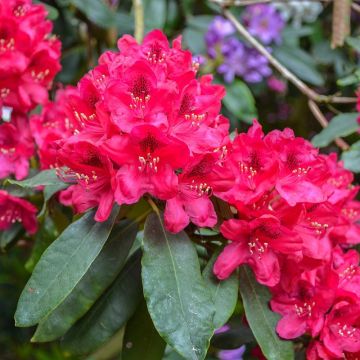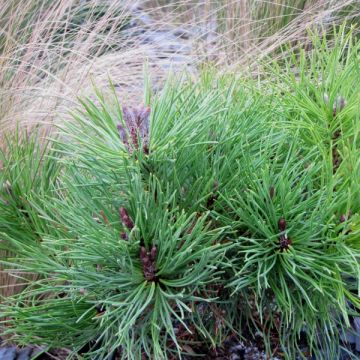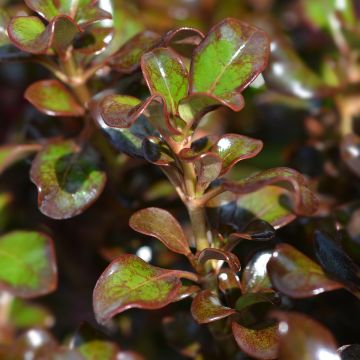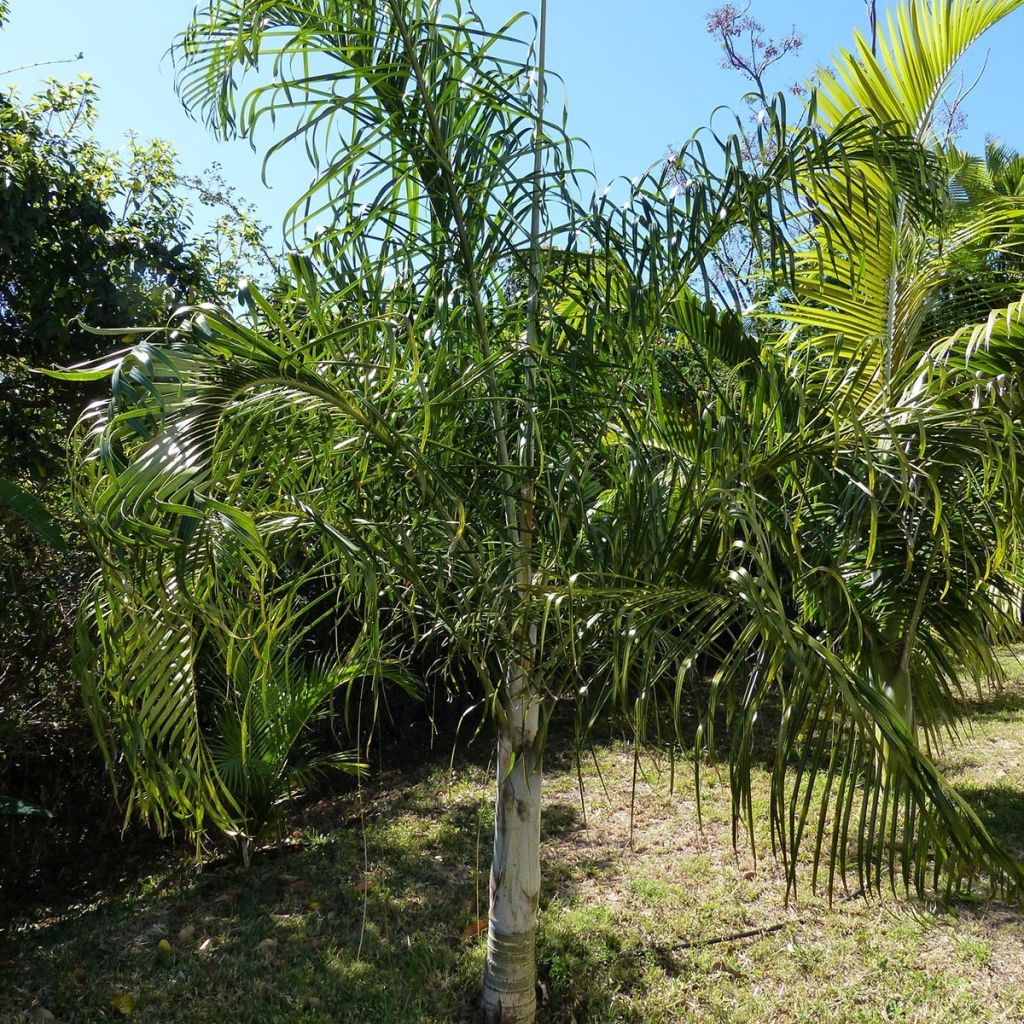

Dypsis plumosa - Palmier plumeux
Dypsis plumosa - Queen Palm
Dypsis plumosa
Queen Palm
Special offer!
Receive a €20 voucher for any order over €90 (excluding delivery costs, credit notes, and plastic-free options)!
1- Add your favorite plants to your cart.
2- Once you have reached €90, confirm your order (you can even choose the delivery date!).
3- As soon as your order is shipped, you will receive an email containing your voucher code, valid for 3 months (90 days).
Your voucher is unique and can only be used once, for any order with a minimum value of €20, excluding delivery costs.
Can be combined with other current offers, non-divisible and non-refundable.
Why not try an alternative variety in stock?
View all →This plant carries a 24 months recovery warranty
More information
We guarantee the quality of our plants for a full growing cycle, and will replace at our expense any plant that fails to recover under normal climatic and planting conditions.
Would this plant suit my garden?
Set up your Plantfit profile →
Description
Dypsis plumosa is a palm tree which is rare in cultivation, first described around 1990, probably native to Madagascar. It is a particularly graceful, airy species, to the point that English speakers nickname it "ballerina palm" as if the plant is ready to dance. Its slender trunk carries a bouquet of thin palm fronds arranged in a V shape, beautifully curved, often twisted, feathery in appearance and bright green with very light reflections. Its graceful vegetation hides a robust temperament, allowing it to adapt to both full sun and partial shade, in any soil that is not too compact, not too chalky, and not too dry. Not very hardy, this plant can only be grown in open ground in warm climates, but it performs very well in containers where it becomes a charming focal point.
Dypsis plumosa belongs to the family of Arecaceae. Often confused with the Dypsis ambositae, it can be distinguished by its less vividly coloured young shoots and leaf bases, and less curved fronds. This plumosa species shows fairly rapid growth. It develops a single trunk, called a stipe, covered in green rings which are the remnants of old petioles, slightly swollen at their ends due to the presence of papery leaf bracts. It can reach 7 m (23 ft) in height and 4 m (13 ft 1 in) in spread, but will remain much smaller in containers. At the top of this trunk, a crown composed of a few large leaves called fronds develops, arched and divided into a large number of tough and glossy, trailing, green leaflets or pinnae, more or less vibrant or greyish depending on the lighting. Each leaf, which can reach 1.80 m (5 ft 11 in) in length, is slightly pendulous and borne by a long arched petiole. This species rarely blooms in our climates, only on plants several years old. The hardiness of this palm tree does not exceed -2 or -3°C (28.4 or 26.6 °F) when mature.
The Fine-leaved Palm is a very beautiful orangery plant, which will benefit from being planted in groups of 3. It tolerates container cultivation, allowing it to be sheltered in a conservatory or in a heated greenhouse during winter. It can sometimes be difficult to pair with other plants due to its strong personality: reserve a corner by the pool or a prominent spot on the terrace for it. Surround it with Phormium, with agaves that are precise and geometric or with Hakonechloa.
Dypsis plumosa - Queen Palm in pictures
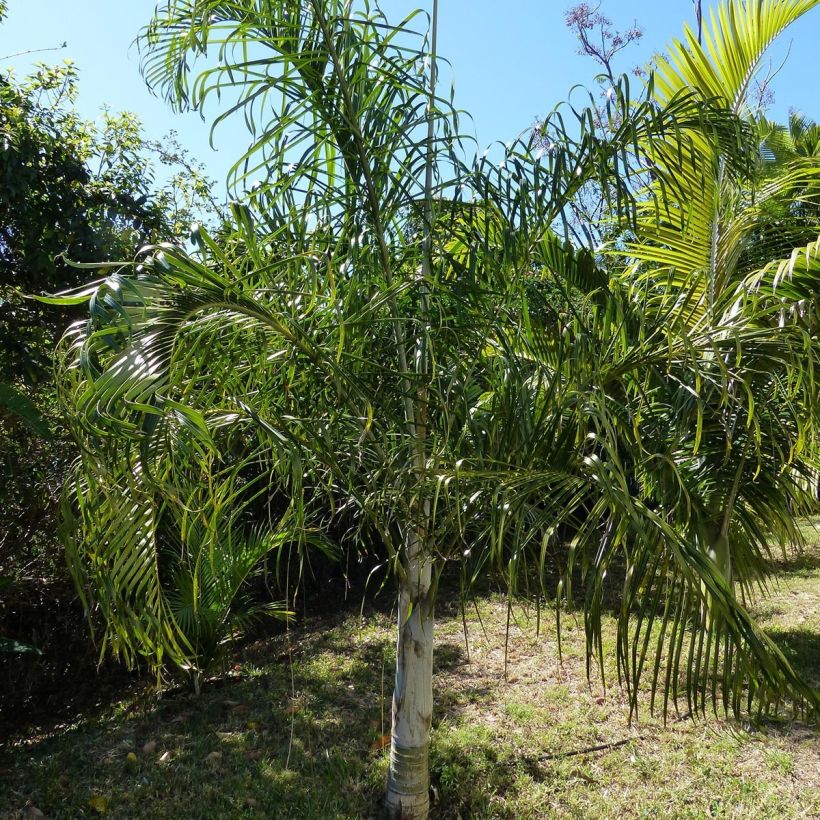

Plant habit
Flowering
Foliage
Botanical data
Dypsis
plumosa
Arecaceae
Queen Palm
Madagascar
Other Palm trees A to Z
View all →Planting and care
This Dypsis plumosa palm tree shows fairly rapid growth, especially when regularly watered in mild climates. It adapts to the sun and semi-shade and accepts any type of well-balanced soil enriched with compost or humus, preferably moist to occasionally dry. It is easy to grow and requires little maintenance except for trimming the oldest fronds close to the stem.
Pot cultivation:
Choose a large pot or a container with drainage holes and a capacity of 40 litres. Prepare a mixture composed of 50% loamy soil, 25% compost or humus, and 25% sand. Mix well. Partially fill your container after placing a drainage layer at the bottom (clay pellets, gravel, broken terracotta pots...). Place your palm tree on the mixture, so that the collar (the area where the roots originate) does not exceed the pot but is not buried too deep either. Add the rest of the mixture around the root ball, firmly compact. Water in multiple stages to thoroughly saturate the soil with water and remove air pockets. Place your palm tree in a very bright location, avoiding harsh direct sunlight. Outdoors, position it in semi-shade. After two weeks in semi-shade, you can gradually expose it to the sun.
Planting period
Intended location
Care
Planting & care advice
This item has not been reviewed yet - be the first to leave a review about it.
Similar products
Haven't found what you were looking for?
Hardiness is the lowest winter temperature a plant can endure without suffering serious damage or even dying. However, hardiness is affected by location (a sheltered area, such as a patio), protection (winter cover) and soil type (hardiness is improved by well-drained soil).

Photo Sharing Terms & Conditions
In order to encourage gardeners to interact and share their experiences, Promesse de fleurs offers various media enabling content to be uploaded onto its Site - in particular via the ‘Photo sharing’ module.
The User agrees to refrain from:
- Posting any content that is illegal, prejudicial, insulting, racist, inciteful to hatred, revisionist, contrary to public decency, that infringes on privacy or on the privacy rights of third parties, in particular the publicity rights of persons and goods, intellectual property rights, or the right to privacy.
- Submitting content on behalf of a third party;
- Impersonate the identity of a third party and/or publish any personal information about a third party;
In general, the User undertakes to refrain from any unethical behaviour.
All Content (in particular text, comments, files, images, photos, videos, creative works, etc.), which may be subject to property or intellectual property rights, image or other private rights, shall remain the property of the User, subject to the limited rights granted by the terms of the licence granted by Promesse de fleurs as stated below. Users are at liberty to publish or not to publish such Content on the Site, notably via the ‘Photo Sharing’ facility, and accept that this Content shall be made public and freely accessible, notably on the Internet.
Users further acknowledge, undertake to have ,and guarantee that they hold all necessary rights and permissions to publish such material on the Site, in particular with regard to the legislation in force pertaining to any privacy, property, intellectual property, image, or contractual rights, or rights of any other nature. By publishing such Content on the Site, Users acknowledge accepting full liability as publishers of the Content within the meaning of the law, and grant Promesse de fleurs, free of charge, an inclusive, worldwide licence for the said Content for the entire duration of its publication, including all reproduction, representation, up/downloading, displaying, performing, transmission, and storage rights.
Users also grant permission for their name to be linked to the Content and accept that this link may not always be made available.
By engaging in posting material, Users consent to their Content becoming automatically accessible on the Internet, in particular on other sites and/or blogs and/or web pages of the Promesse de fleurs site, including in particular social pages and the Promesse de fleurs catalogue.
Users may secure the removal of entrusted content free of charge by issuing a simple request via our contact form.
The flowering period indicated on our website applies to countries and regions located in USDA zone 8 (France, the United Kingdom, Ireland, the Netherlands, etc.)
It will vary according to where you live:
- In zones 9 to 10 (Italy, Spain, Greece, etc.), flowering will occur about 2 to 4 weeks earlier.
- In zones 6 to 7 (Germany, Poland, Slovenia, and lower mountainous regions), flowering will be delayed by 2 to 3 weeks.
- In zone 5 (Central Europe, Scandinavia), blooming will be delayed by 3 to 5 weeks.
In temperate climates, pruning of spring-flowering shrubs (forsythia, spireas, etc.) should be done just after flowering.
Pruning of summer-flowering shrubs (Indian Lilac, Perovskia, etc.) can be done in winter or spring.
In cold regions as well as with frost-sensitive plants, avoid pruning too early when severe frosts may still occur.
The planting period indicated on our website applies to countries and regions located in USDA zone 8 (France, United Kingdom, Ireland, Netherlands).
It will vary according to where you live:
- In Mediterranean zones (Marseille, Madrid, Milan, etc.), autumn and winter are the best planting periods.
- In continental zones (Strasbourg, Munich, Vienna, etc.), delay planting by 2 to 3 weeks in spring and bring it forward by 2 to 4 weeks in autumn.
- In mountainous regions (the Alps, Pyrenees, Carpathians, etc.), it is best to plant in late spring (May-June) or late summer (August-September).
The harvesting period indicated on our website applies to countries and regions in USDA zone 8 (France, England, Ireland, the Netherlands).
In colder areas (Scandinavia, Poland, Austria...) fruit and vegetable harvests are likely to be delayed by 3-4 weeks.
In warmer areas (Italy, Spain, Greece, etc.), harvesting will probably take place earlier, depending on weather conditions.
The sowing periods indicated on our website apply to countries and regions within USDA Zone 8 (France, UK, Ireland, Netherlands).
In colder areas (Scandinavia, Poland, Austria...), delay any outdoor sowing by 3-4 weeks, or sow under glass.
In warmer climes (Italy, Spain, Greece, etc.), bring outdoor sowing forward by a few weeks.































